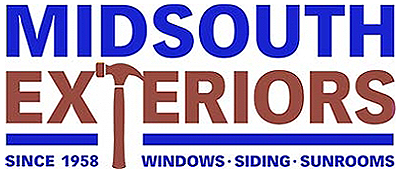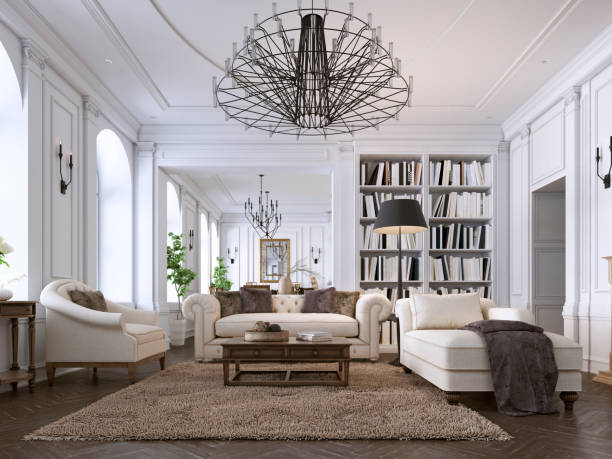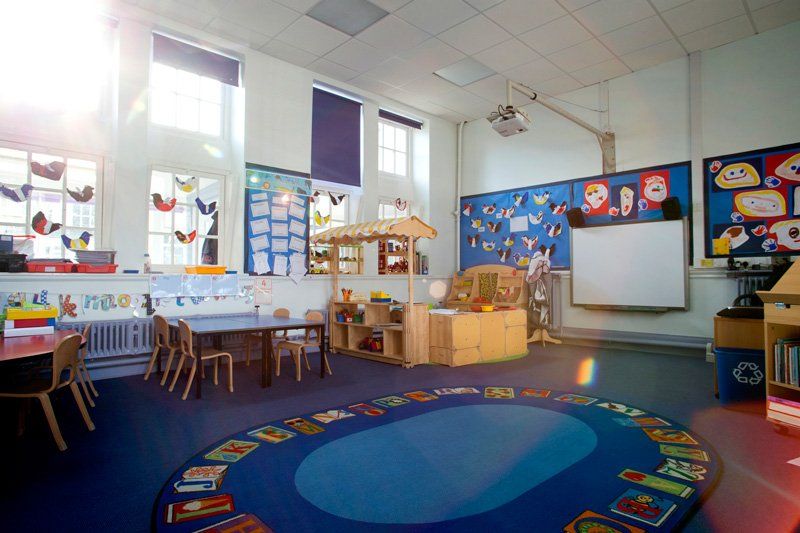Pests That Can Damage Your Wood Siding
- By Admin
- •
- 29 Jan, 2020
Wood has long been a preferred building material because of its beauty. Wood siding is an upscale material that other materials try to simulate. However, wood also comes with another cost - maintenance. If you don't adhere to a maintenance schedule, your wood siding can fall prey to the following pests.
Termites
Termites are often the first pest people think about when it comes to damaged wood, and that infamy is deserved. Termites are indigenous to every state except Alaska, and they're especially prevalent in the southern states. What's more, they'll consume anything that contains cellulose; so not only is your wood siding in danger but also any other wood used in your house and yard.
The main telltale sign of termites requires you to test the wood: poke your wood siding with a screwdriver. An easy entrance into the wood or a hollow sound when you tap heralds a termite infestation. Other signs include a gritty, gray-brown film on your siding or discarded wings, which resemble scales.
The two most common types of termites are drywood and subterranean termites. Drywood termites eat the structural lumber found in buildings. They can start in the beams behind your wood siding and eat their way through to the front. Subterranean termites are a danger when siding touches the ground, where they make their homes.
Carpenter Bees
The carpenter bee is another pest you can find all across the United States but is especially active in the South. As the name suggests, carpenter bees work with wood. Unlike termites, carpenter bees don't consume wood. Rather, the females use sharp teeth to excavate a round hole in wood to use for nesting purposes.
Carpenter bees are large and resemble bumblebees except they have shiny abdomens instead of fuzz. They're not as big a danger to wooden siding because they prefer soft, unpainted wood. However, some of the wood associated with siding, such as the back of fascia boards and porch ceilings, can be in danger. The holes they create can invite moisture behind your siding.
Carpenter Ants
Speaking of moisture, another carpenter insect exploits water problems in your wood siding - the carpenter ant. They favor any wood that's been moist for an extended period, say by a leak behind your siding or siding panels coming in contact with the soil. These opportunistic pests will also bore into dry wood. Like carpenter bees, these ants bore into the wood for nesting rather than nutrition.
An obvious sign that you have a problem with carpenter ants is if you see any sort of ant swarming over your siding - other species don't have a reason to be on the side of your house in numbers. Another indicator is the presence of small wood shavings. The presence of carpenter ants not only indicates an infestation problem but a potential problem with the cause of the moisture.
Powder Post Beetles
Powder post beetles represent the worst of both worlds. They both bore holes into wood for nests and consume wood fibers. Indeed, they spend the majority of their lives in their wooden habitats. The adult females lay their eggs in cracks in the wood. When they hatch, the larvae feed on the wood fibers until they mature, at which time they tunnel out to the surface.
Powder post beetles are endemic to all U.S. regions. They primarily attack softwood species, such as pine and spruce. So they may bore into your siding or into the structural wood behind it. Either way, they leave behind perforated wood with a coating of wood powder, which is a dead giveaway that you have a beetle issue.
If you suspect you have any of the above infestation issues, you'll need to call in an exterminator. Next, call Mid-South Exteriors for siding repair or even replacement.
Blog
Contact Us
We will get back to you as soon as possible.
Please try again later.





